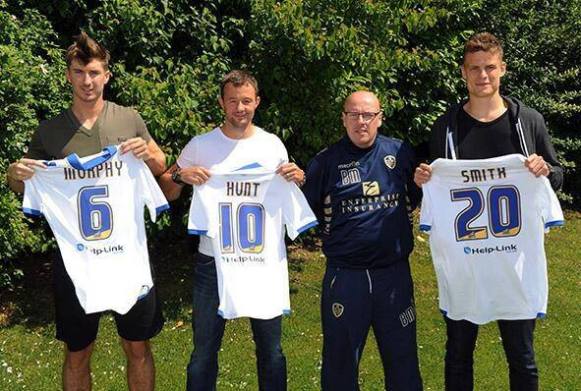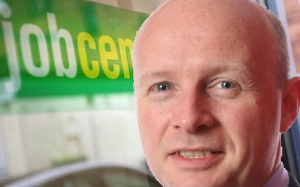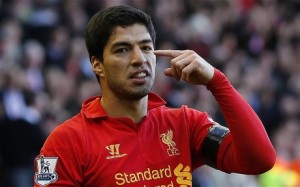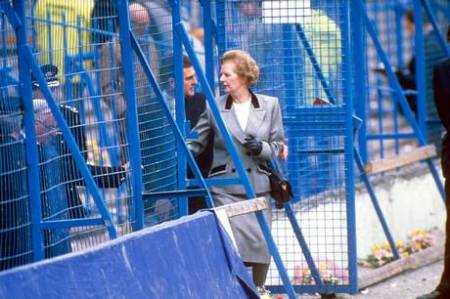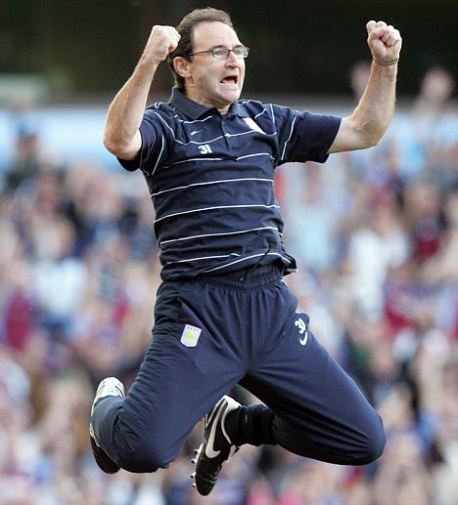Just another boring pre-season for Leeds, I tried to write something about the torpor…
You can tell it’s a long time since Leeds United were a force in English football, a great footballing chasm since David O’Leary’s babes almost bested Barcelona, dismantled Besiktas in front of a rocking Elland Road and tamed Anderlecht in their own back yard.
You know how? On the fleeting occasions now that Leeds are on television, commentators rarely exclaim how many years it is since 2001, when Leeds went on that thrilling Champions League run, or since 2004, when they dropped out of the top flight in the midst of the financial tsunami which made it fall to its knees.
Now, the club are treated with the same casual indifference afforded to a range of mediocre Championship clubs, with only the odd reference thrown in to that side, built on the quicksand of Peter Ridsdale’s kamikaze chairmanship. Despite the money, that era, like Don Revie and Howard Wilkinson’s before it, now seems a curious quirk of footballing past; an anachronistic tale of a side full of home-grown talent causing earthquakes amongst the very best in the country and Europe.
It may appear that, compared to that period, and the tumultuous fall down the leagues that followed, the last few seasons have been relatively calm for Leeds fans, with the club safely cossetted in the Championship once more.
But in fact this period has increasingly engendered resentment and frustration, as under-investment over several seasons and the increasingly vituperative conduct of chairman Ken Bates has drawn fans’ ire. Neil Warnock, brought in to engineer one of his trademark promotions, spectacularly failed, succeeding only in instilling what seemed almost a deliberately awful brand of football which saw Leeds sink to 12th place before he departed in April.
Initial optimism generated by GFH Capital taking control of the club last December quickly dissipated, despite the new owners impressing with fan pleasing measures like half-season tickets and moving ageing bile dispenser Ken Bates out of an operational role.
New boss Brian McDermott had spoken at the end of last season about the need to get six or seven new players in, preferably before the start of pre-season. But when the squad returned to Thorp Arch 10 days ago, only one had been signed, rookie beanpole striker Matt Smith from Oldham Athletic.
This festering hostility bubbled over a week ago, when rumours on Twitter quickly went viral on the #lufc hashtag that McDermott had spoken frankly about a lack of funds at a charity dinner. The former Reading manager revealed he was due to meet the board to discuss why several of his summer transfer targets had not yet been signed.
After getting the job in April, McDermott has impressed all with his quiet but steely determination. He oversaw an immediate refresh of the club’s on-field performances, drawing unfathomably energetic performances from Warnock’s leaden booted charges. There is a belief that he is the man to get Leeds back into the top flight, if he is given the money required to do so. That it appeared that Leeds were back in the familiar position of having none only ratcheted up fans’ despair.
Then, suddenly, the club’s dusty old coffers were opened. Rumours spread late on Saturday night last week that Leeds had made a seven-figure bid for highly-rated Crewe midfielder Luke Murphy, and those rumours came to unlikely fruition on Monday when he signed for the club, in the most expensive transfer since the capture of Richard Cresswell in 2005. That was quickly followed by the signing of Noel Hunt on a free transfer from Reading, and rumours circulate that the club are in for Dundee United’s highly rated Gary Mackay-Steven amongst others.
So what to make of this sudden and dramatic shift from skint to spendthrift? GFH Capital have made no secret of the fact they are open to further investment into the club, and a transfer of mortgage shares between GFH and a company called Brendale Holdings based in Dubai has increased speculation that more funds are coming into the club.
But, as some ever pessimistic Leeds fans have suggested, the funds for the transfers of Murphy, Hunt and others could have been freed up by the completion of contracts for peripheral squad players at the end of June. Unsettling links still also remain between starlet Sam Byram and Premier League clubs.
Whatever the reason, the signing of Murphy has reenergised Leeds fans, and McDermott has sounded refreshed and optimistic when giving interviews to local media about further additions.
Fans are restless for Leeds to be back in the top flight, and are perhaps more willing now to turn a blind eye to the schizophrenic backroom behaviour of the Leeds United board. The consequences of financial irresponsibility of the club have been terrible for the club in the past so there is a need to be wary, but, with McDermott at the helm, there is a sense that the media won’t be ignoring Leeds for much longer.
Read the original, my debut article, for the excellent Footyplace here.

